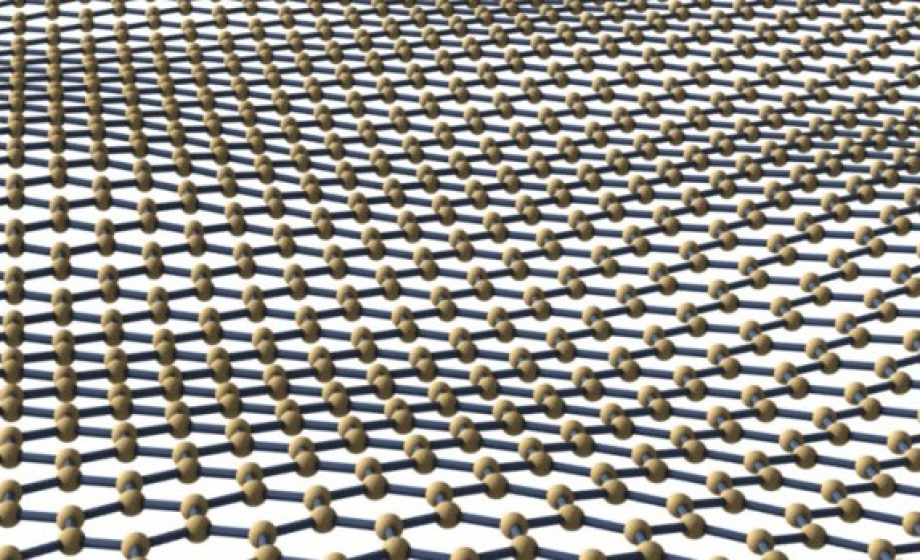
Photo credit: James Hedberg
Bruno Dlubak, French associate researcher at Cambridge University, waits for me in Paris’14th district near Montparnasse. His research is the forefront of Europe’s most talked about idea since the Chanel Jacket, the fabrication of Graphene for commercial use.
Enthusiasm from the Press
| Gizmodo | Can Cure foot odor |
| Irish Times | Graphene Flagship = 1960s Man on the Moon Project |
| Business Week | Can unlock new era of super-energy-efficient gadgets |
| Technology Review | Can enhance our senses with superhuman abilities |
| TechCrunch | Graphene—the solution to all the world’s problems |
Implications for the European Tech Industry
The University of Cambridge is using tax-payer money (up to £25 million from a previous investment of £60 million) to fund research at the Cambridge Graphene Centre. In a similar fashion, the European Commission announced its plan to fuel its own Graphene research using 1 Billion Euros, the largest research grant ever recorded in history.
Who sees the profit? European government bodies in collaboration with industrial and commercial partners aggressively promote the material’s brand identity to dethrone Silicon Valley with “Graphene Valley.” Patented and produced in Manchester, UK, following the 2010 Nobel Prize in Physics, Graphene has initiated a worldwide race to fabricate and attain profits- evident from the 7,000 patents around the world. China is in the lead with 2,204, and over 100 from IBM. CRANN, based in Ireland will be the Irish Scientific Research hub for the EU’s commission on graphene research which will involve 126 researchers from 17 countries.
The Top Goals of Graphene Research: Nanoelectronics
Today’s computer models rely on the displacement of a charge carrier, which demands more energy and releases more heat than simply spinning a massless electron.
This field of research is called spintronics. It has been recorded that the energy released from electron spin transport generates less heat than a silicon-based semiconductors and at room-temperature. This means that electron spin states on a monolayer of graphene can store and process more data for computers, mobile phones and other electronic processing systems.
The Major Obstacles Delaying Commercial Use of Graphene
The structure of graphene electrons have additional properties- they can behave like relativistic particles that you don’t find in most materials. Silicon electrons are not relativistic. The Klein Paradox reveals that Graphene introduced new properties for electronics, which can offer new and limitless possibilities. Even if it is extremely thin (1-atom thick), it still is impermeable to gases and thus noncorrosive.
Bruno’s work has evolved from using laboratory techniques like exfoliation to CVD, “Chemical Vador Deposition.” Using a metal substrate, graphene binds and “grows” upon a surface. This may as well be the Henry Ford Automobile Assembly Line but for graphene materials. The research is in part a collaboration with Philips and Aixtron, two companies with high ambitions to flood the market with graphene light devices to flexible mobile phones.


